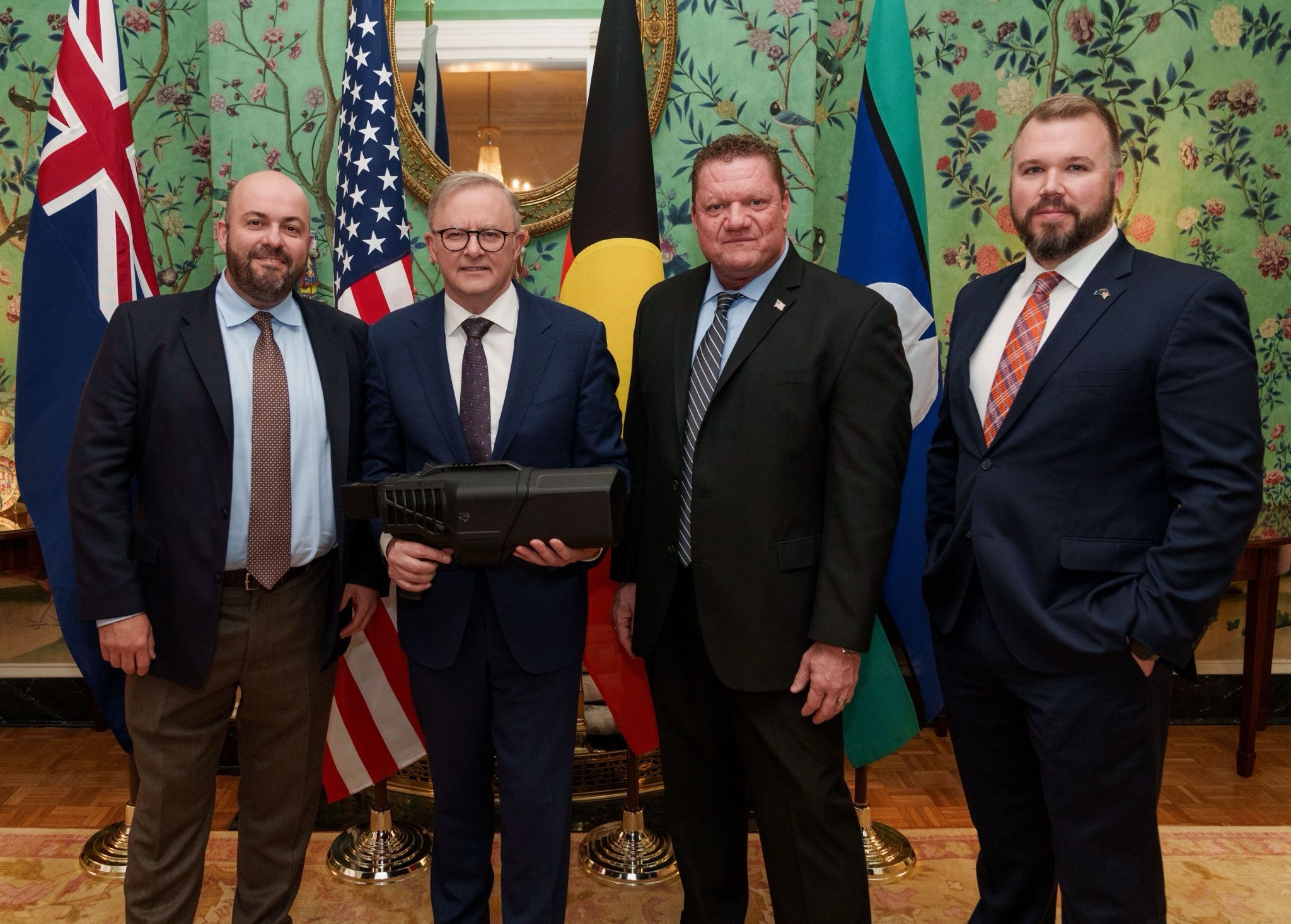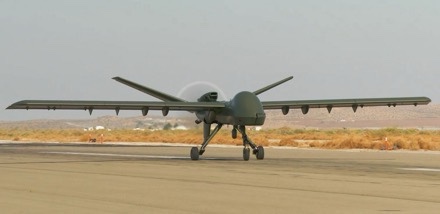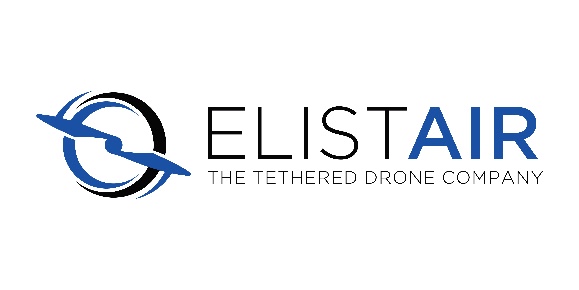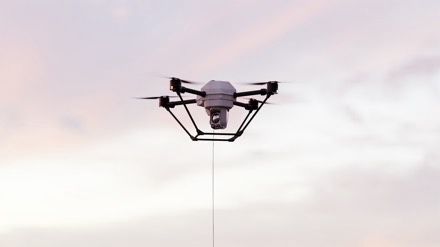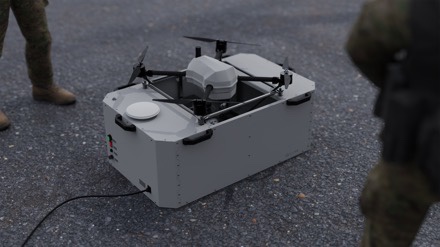By SGT Luis Santiago, 24th Theater Public Affairs Support Element
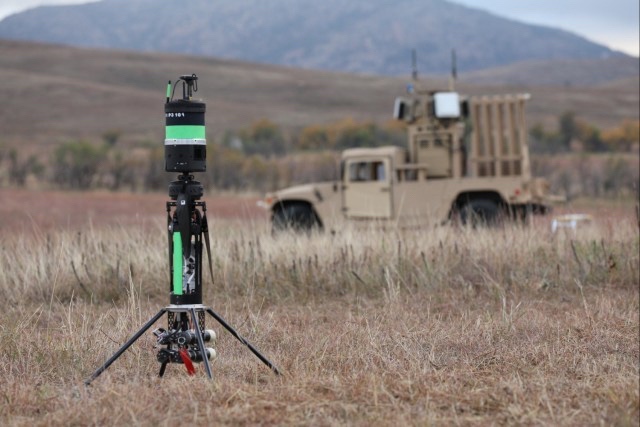
FORT SILL, Okla.– Nearly 30 government organizations and industry partners from across the defense enterprise gathered to identify, integrate, and leverage new tactical capabilities using cutting-edge technologies during the annual Maneuver and Fires Integrated Experiment, simply known as MFIX, from Oct. 23 to Nov. 3, 2023.
Established in 2014, MFIX is the primary live experiment spearheaded by the Fires Battle Lab, under the Fires Capabilities Development and Integration Directorate or Fires CDID based at Fort Sill, Okla. MFIX is part of a series of experimental events as part of the U.S. Army’s overarching effort to remain at the forefront of technological innovation and warfighting ability for the Army of 2030 and beyond to maintain superiority over any potential adversary.
The two-week event brought Department of Defense partners and defense industry leaders from across the U.S. to experiment on various programs of record with emerging technology to seek possible solutions in today’s operating and complex environment.
Soldiers from across different Army organizations, to include the famed 1st Armored Division, took part in this year’s MFIX to provide industry partners with the Soldier’s perspective.
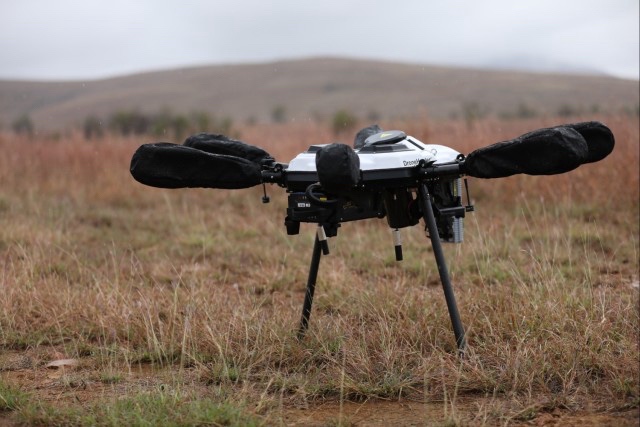
As part of MFIX, Soldiers directly handle and experiment with new and improved technologies and give direct feedback to industry, government partners to gather key insight and reduce the time it takes to get technology into the field and in Soldiers’ hands to operate in the field.
“Every technology gets an assessment based on Soldiers’ touch points, and we have our report, which is an analysis and observation, based on the collected data points,” said Robert Muniz, a Fires Battle Lab targeting expert. “The industry partners will come in, and they have new technology that gets assessed for a year and the end state of all of this is to reduce the time it takes to get technology into the field and in Soldiers hands.”
As the primary orchestrator of the event, the Fires Battle Lab aims to foster innovation and facilitate the rapid integration of promising technologies into the Army’s capabilities.
“This year’s MFIX featured several new technologies, including unmanned aircraft systems, advanced fire control systems, laser technology, and a defeat system against intelligent UAS detection,” Muniz added.
In previous years, the participants were immersed in a simulated combat environment, allowing for the real-time analysis and assessment of various technologies and strategies. However, this iteration of MFIX was used as an observational period as the Army runs a series of exercises designed to coordinate data collection, communication, and decision-making leading up to U.S. Army Futures Command’s centerpiece event ‘Project Convergence-Capstone 24 (PC-4)’ being held in early 2024.
“This year is a little bit different,” said Muniz. “The Soldiers we have this year have been used more as data collectors and observers on the system,” Muniz continues. “In previous years, Soldiers got new equipment training, they got an understanding of the capability of each technology or what each system can do, and they used it at MFIX.”

Project Convergence is rebranding as a culmination of several exercises across the force as the event shifts from tactical level to theater level operations with full divisions and a focus on global military integration for command and control. The testing conducted at MFIX is just one small part of a concerted effort to incorporate knowledge gained from training ventures as part of the PC-4.
Army Col. Osvaldo Ortiz, chief of the Army G-3/5/7’s mission command division, told reporters during a June 2023 media interview that “all those exercises are going to inform what the Army Futures Command is going to get after at PC-4 capstone.”
As the U.S. Army continues to train for potential near-peer conflicts, exercises like MFIX allow industry and government partners to offer state-of-the-art solutions as the Army changes the way it organizes, equips, and fights.
” The goal of MFIX is for [Soldiers] to get an understanding of what these new technologies can do, and they’ll have an understanding of what it will be able to do in the future,” said Muniz.


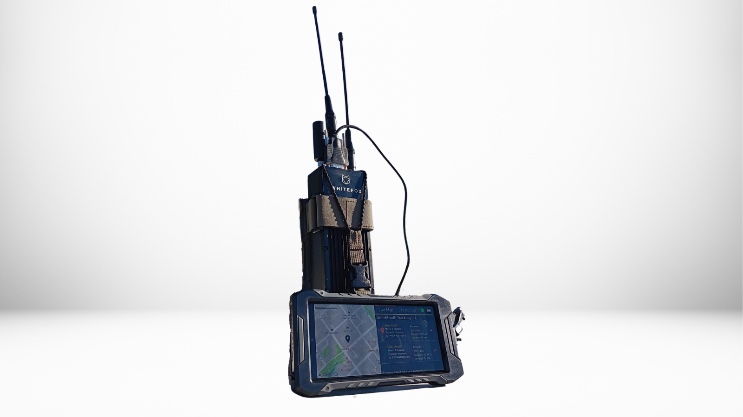
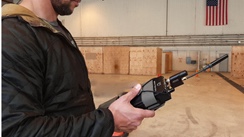 “After personally seeing Scorpion 3 used in Ukraine, I can confidently say that it is a game-changer in the world of Counter UAS solutions,” said Luke Fox, CEO of WhiteFox Defense. “It not only provides robust protection from unauthorized drones but does so in a manner that is simple to use, cost-effective, and remarkably portable. We’re committed to securing the skies, and Scorpion 3 is a testament to that dedication.”
“After personally seeing Scorpion 3 used in Ukraine, I can confidently say that it is a game-changer in the world of Counter UAS solutions,” said Luke Fox, CEO of WhiteFox Defense. “It not only provides robust protection from unauthorized drones but does so in a manner that is simple to use, cost-effective, and remarkably portable. We’re committed to securing the skies, and Scorpion 3 is a testament to that dedication.”